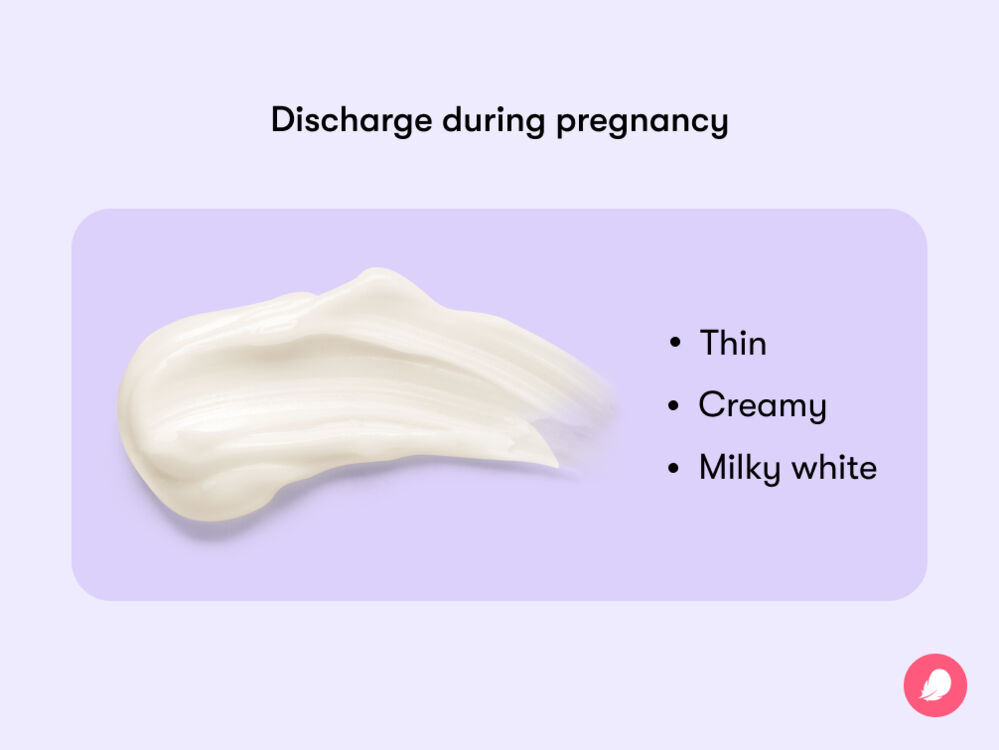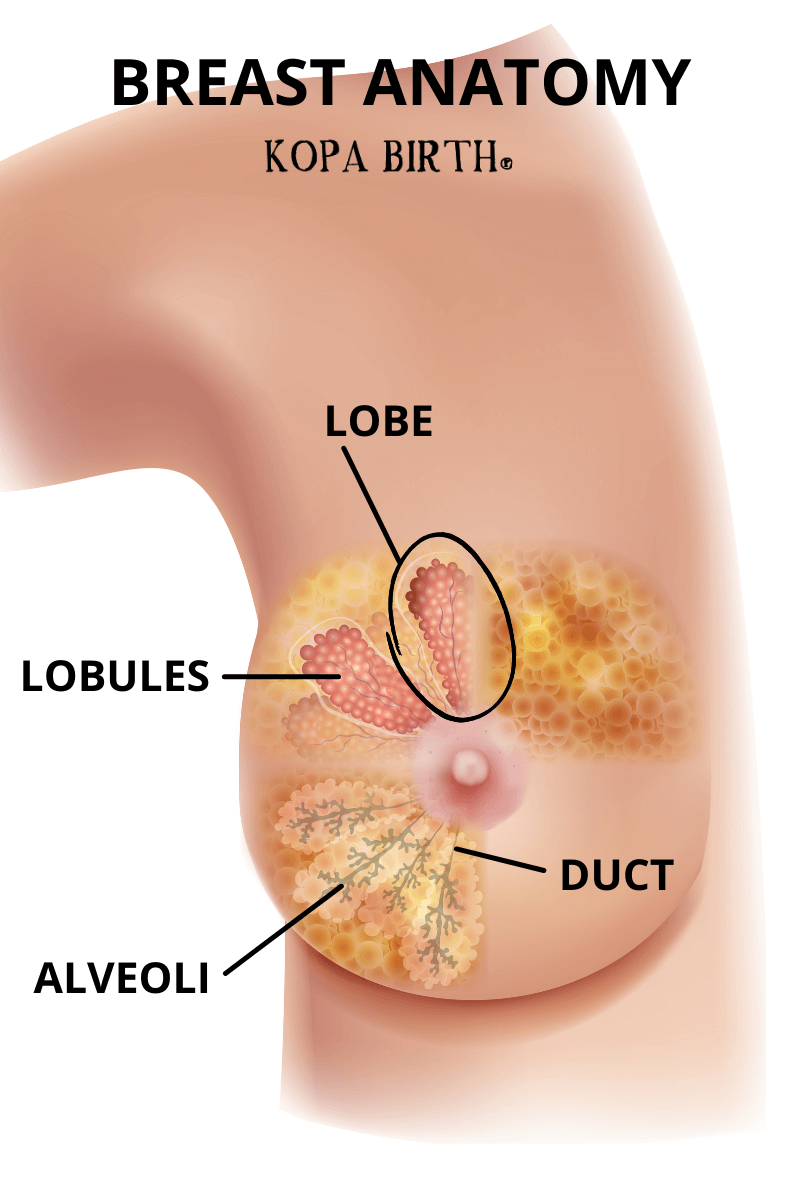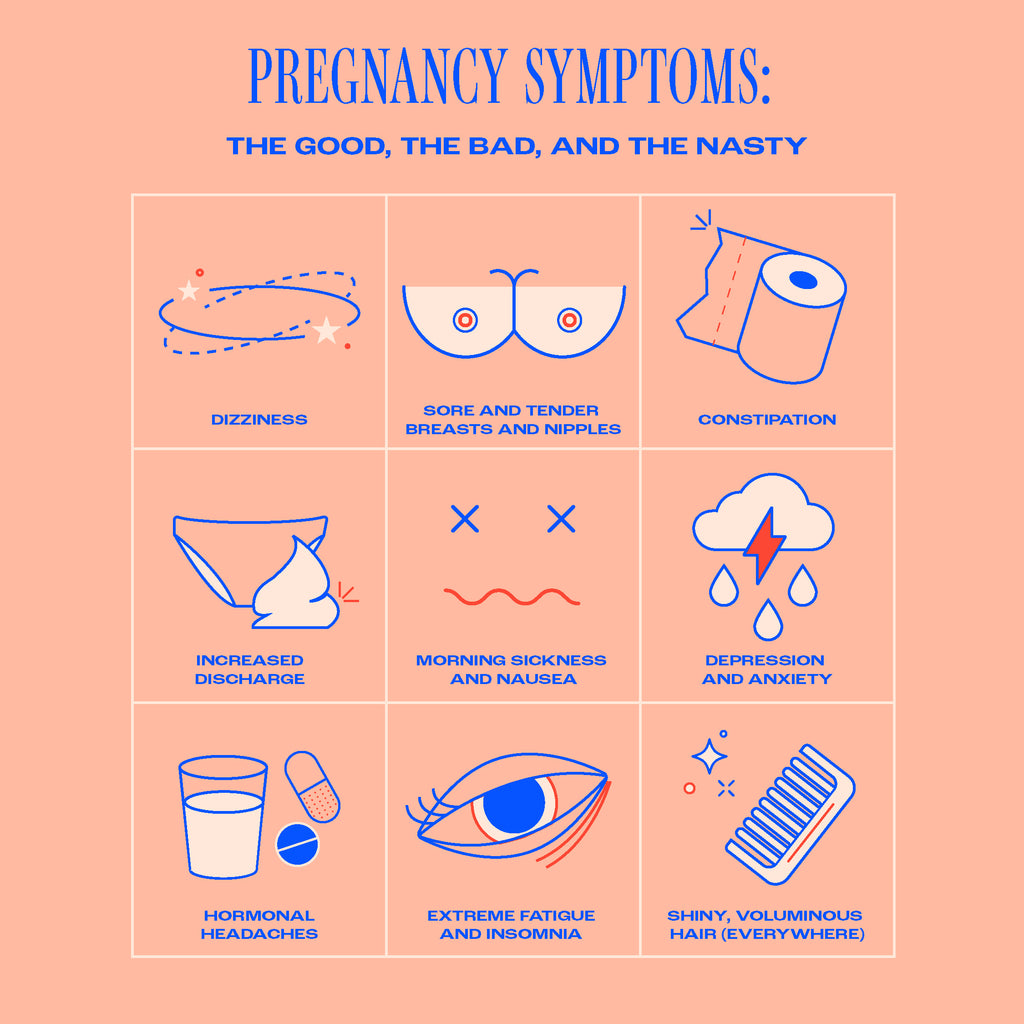Areola Discharge During Pregnancy - During pregnancy, many expecting mothers experience changes in their nipples and areolas. It’s most common in women in late pregnancy and. Nipple discharge is when fluid leaks from your nipple in one or both breasts. Most pregnant women don’t experience discomfort with nipple discharge, other than the possibility of feeling a little damp. These changes are a result of hormonal.
These changes are a result of hormonal. Most pregnant women don’t experience discomfort with nipple discharge, other than the possibility of feeling a little damp. During pregnancy, many expecting mothers experience changes in their nipples and areolas. Nipple discharge is when fluid leaks from your nipple in one or both breasts. It’s most common in women in late pregnancy and.
It’s most common in women in late pregnancy and. These changes are a result of hormonal. Most pregnant women don’t experience discomfort with nipple discharge, other than the possibility of feeling a little damp. Nipple discharge is when fluid leaks from your nipple in one or both breasts. During pregnancy, many expecting mothers experience changes in their nipples and areolas.
💢ALERT💢EVERYTHING ABOUT NIPPLE DISCHARGE DURING PREGNANCY 🤰 YouTube
Nipple discharge is when fluid leaks from your nipple in one or both breasts. These changes are a result of hormonal. Most pregnant women don’t experience discomfort with nipple discharge, other than the possibility of feeling a little damp. During pregnancy, many expecting mothers experience changes in their nipples and areolas. It’s most common in women in late pregnancy and.
Normal Discharge In Women
These changes are a result of hormonal. During pregnancy, many expecting mothers experience changes in their nipples and areolas. Most pregnant women don’t experience discomfort with nipple discharge, other than the possibility of feeling a little damp. It’s most common in women in late pregnancy and. Nipple discharge is when fluid leaks from your nipple in one or both breasts.
Is Having A Watery Discharge During Pregnancy Normal? MomJunction
During pregnancy, many expecting mothers experience changes in their nipples and areolas. Nipple discharge is when fluid leaks from your nipple in one or both breasts. It’s most common in women in late pregnancy and. These changes are a result of hormonal. Most pregnant women don’t experience discomfort with nipple discharge, other than the possibility of feeling a little damp.
Yellow Discharge During Pregnancy What to Know
It’s most common in women in late pregnancy and. Most pregnant women don’t experience discomfort with nipple discharge, other than the possibility of feeling a little damp. During pregnancy, many expecting mothers experience changes in their nipples and areolas. Nipple discharge is when fluid leaks from your nipple in one or both breasts. These changes are a result of hormonal.
What Does Pregnancy Discharge Look Like Pictures / Yeast Infection
It’s most common in women in late pregnancy and. Most pregnant women don’t experience discomfort with nipple discharge, other than the possibility of feeling a little damp. Nipple discharge is when fluid leaks from your nipple in one or both breasts. These changes are a result of hormonal. During pregnancy, many expecting mothers experience changes in their nipples and areolas.
Clear Discharge During Pregnancy 38 Weeks at Gertrude Covington blog
It’s most common in women in late pregnancy and. Most pregnant women don’t experience discomfort with nipple discharge, other than the possibility of feeling a little damp. Nipple discharge is when fluid leaks from your nipple in one or both breasts. These changes are a result of hormonal. During pregnancy, many expecting mothers experience changes in their nipples and areolas.
Early Pregnancy Breasts Changes
During pregnancy, many expecting mothers experience changes in their nipples and areolas. It’s most common in women in late pregnancy and. Most pregnant women don’t experience discomfort with nipple discharge, other than the possibility of feeling a little damp. These changes are a result of hormonal. Nipple discharge is when fluid leaks from your nipple in one or both breasts.
Pregnancy Discharge
It’s most common in women in late pregnancy and. Nipple discharge is when fluid leaks from your nipple in one or both breasts. Most pregnant women don’t experience discomfort with nipple discharge, other than the possibility of feeling a little damp. These changes are a result of hormonal. During pregnancy, many expecting mothers experience changes in their nipples and areolas.
CAUSES OF NIPPLE DISCHARGE IN PREGNANCY by Dr. Neemesh Lodh Medium
Nipple discharge is when fluid leaks from your nipple in one or both breasts. It’s most common in women in late pregnancy and. These changes are a result of hormonal. During pregnancy, many expecting mothers experience changes in their nipples and areolas. Most pregnant women don’t experience discomfort with nipple discharge, other than the possibility of feeling a little damp.
What Does Normal Discharge Look Like During Pregnancy
During pregnancy, many expecting mothers experience changes in their nipples and areolas. Nipple discharge is when fluid leaks from your nipple in one or both breasts. It’s most common in women in late pregnancy and. Most pregnant women don’t experience discomfort with nipple discharge, other than the possibility of feeling a little damp. These changes are a result of hormonal.
These Changes Are A Result Of Hormonal.
During pregnancy, many expecting mothers experience changes in their nipples and areolas. Most pregnant women don’t experience discomfort with nipple discharge, other than the possibility of feeling a little damp. Nipple discharge is when fluid leaks from your nipple in one or both breasts. It’s most common in women in late pregnancy and.



:max_bytes(150000):strip_icc()/VWH_Illustration_A-Guide-to-Discharge-Color-During-Pregnancy_Illustrator_Katie-Kerpel_Final-c2f81059281e443f9f3b6bf19229a7bb.jpg)





